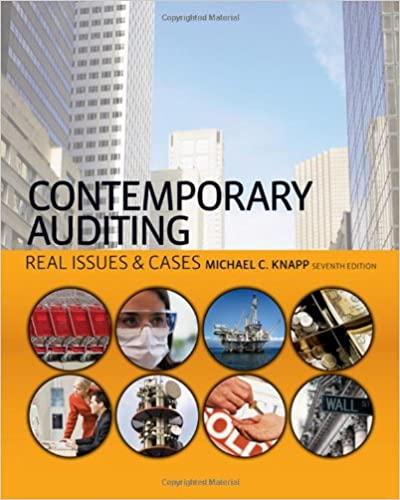Answered step by step
Verified Expert Solution
Question
1 Approved Answer
Old MathJax webview . . 4. The Biofine process was developed by BioMetrics Inc with funding from the US Department of Energy (DOE). It is
Old MathJax webview
.

.
4. The Biofine process was developed by BioMetrics Inc with funding from the US Department of Energy (DOE). It is a relatively high temperature, dilute acid-catalyzed rapid hydrolysis of lignocellulosic biomass. The process refines the biomass feed into three products: levulinic acid, formic acid, and furfural. The process is flexible enough to utilize a wide range of feedstocks from wood and agricultural residues to paper sludge and municipal wastes. In the literature, it is claimed that this process is economically viable. In fact, a commercial plant was built in Caserta, Italy in 2005 It processes 50 dry tonnes of feedstock per day [One tonne is 1000 kg or 2,204.62 lb.) Estimated costs for a much larger plant (processes 1000 dry tonnes feedstock per day) and producing ethyl levulinate as a final product are presented in the table below. Fixed Capital Investment (FCT) S150.000.000 Salvage Value 19. of FCI Utilities/year S500,000 Labor and Maintenance/year S9.200.000 Overheads/year $2.300.000 Waste Disposal year $600,000 Raw Material Costs year $27.000.000 The plant will produce 15,833 kg/h of ethyl levulinate Assume the plant operates 24 hors day and 350 days/year. Consider a MACRS depreciation of 7 years, a tax rate of 42%, and an interest rate of i -10yr over a project period of 20 years. a) Calculate the breakeven ethyl levulinate selling price per tonne. Use the provided spreadsheet simulator as a template to solve this part. Try using a solver tool to speed your solution b) If the following variations occurred, build a spider graph" by plotting PW as a function of deviation from the most likely estimate Your graph will look similar to the one shown on Example 8.5 on your textbook (page 220) and covered in Lecture 18 Create new tabs on the template simulator to solve this part c) Using your spider graph result, to which of the factors below is the project's present worth most sensitive to Fixed Capital Investment (FCI) -20% and +30% (plot every 10%) Price of Product -50% and 50% (plot every 10%) Raw Material Price -10% and +15% (plot every 5%) 4. The Biofine process was developed by BioMetrics Inc with funding from the US Department of Energy (DOE). It is a relatively high temperature, dilute acid-catalyzed rapid hydrolysis of lignocellulosic biomass. The process refines the biomass feed into three products: levulinic acid, formic acid, and furfural. The process is flexible enough to utilize a wide range of feedstocks from wood and agricultural residues to paper sludge and municipal wastes. In the literature, it is claimed that this process is economically viable. In fact, a commercial plant was built in Caserta, Italy in 2005 It processes 50 dry tonnes of feedstock per day [One tonne is 1000 kg or 2,204.62 lb.) Estimated costs for a much larger plant (processes 1000 dry tonnes feedstock per day) and producing ethyl levulinate as a final product are presented in the table below. Fixed Capital Investment (FCT) S150.000.000 Salvage Value 19. of FCI Utilities/year S500,000 Labor and Maintenance/year S9.200.000 Overheads/year $2.300.000 Waste Disposal year $600,000 Raw Material Costs year $27.000.000 The plant will produce 15,833 kg/h of ethyl levulinate Assume the plant operates 24 hors day and 350 days/year. Consider a MACRS depreciation of 7 years, a tax rate of 42%, and an interest rate of i -10yr over a project period of 20 years. a) Calculate the breakeven ethyl levulinate selling price per tonne. Use the provided spreadsheet simulator as a template to solve this part. Try using a solver tool to speed your solution b) If the following variations occurred, build a spider graph" by plotting PW as a function of deviation from the most likely estimate Your graph will look similar to the one shown on Example 8.5 on your textbook (page 220) and covered in Lecture 18 Create new tabs on the template simulator to solve this part c) Using your spider graph result, to which of the factors below is the project's present worth most sensitive to Fixed Capital Investment (FCI) -20% and +30% (plot every 10%) Price of Product -50% and 50% (plot every 10%) Raw Material Price -10% and +15% (plot every 5%)Step by Step Solution
There are 3 Steps involved in it
Step: 1

Get Instant Access to Expert-Tailored Solutions
See step-by-step solutions with expert insights and AI powered tools for academic success
Step: 2

Step: 3

Ace Your Homework with AI
Get the answers you need in no time with our AI-driven, step-by-step assistance
Get Started


